
Discover Kaziranga National Park in Assam, India – a UNESCO World Heritage site and the best place to see the rare one-horned rhinoceros in the wild.
Introduction
Tucked away in the lush green plains of Assam in Northeast India lies one of the most extraordinary wildlife reserves in the world — Kaziranga National Park. Recognized as a UNESCO World Heritage Site, Kaziranga is globally renowned for its successful conservation of the Great Indian One-Horned Rhinoceros, a species once on the brink of extinction.
For wildlife enthusiasts, photographers, and eco-tourists, Kaziranga offers an unforgettable experience in the heart of raw, untamed nature.
Why Visit Kaziranga National Park?
- 🦏 World’s Largest Population of One-Horned Rhinos
Kaziranga is home to over 2,600 one-horned rhinoceroses, accounting for more than two-thirds of the global population. - 🐘 Rich Biodiversity
Apart from rhinos, Kaziranga shelters Asian elephants, Royal Bengal tigers, swamp deer, wild buffalo, and over 500 species of birds.
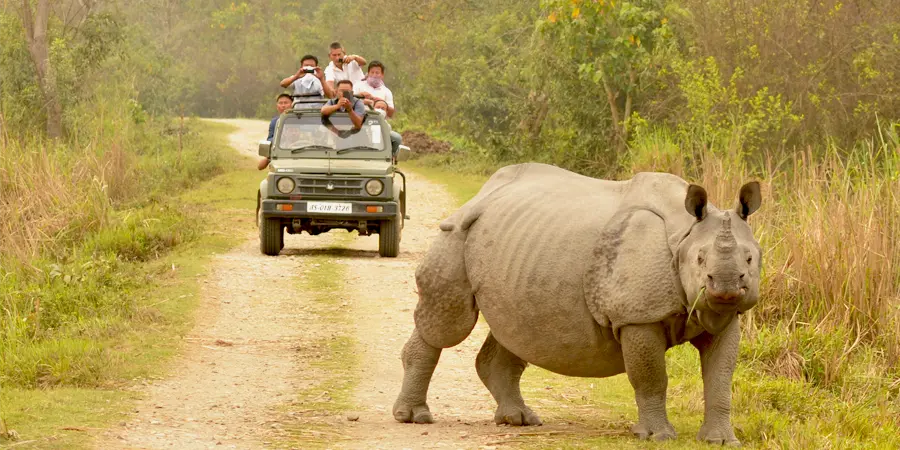
🌾 Unique Ecosystem
The park lies on the floodplains of the mighty Brahmaputra River, creating a rich habitat of wetlands, grasslands, and dense forests.
🐅 A Tiger Reserve
Declared a Project Tiger Reserve, Kaziranga has one of the highest tiger densities in India — though spotting one is rare due to tall elephant grass!
🌳 Kaziranga National Park – Where Nature Roars Alive
Kaziranga National Park, a UNESCO World Heritage Site, is one of India’s most celebrated wildlife reserves. Located in the heart of Assam, Kaziranga spans across the floodplains of the Brahmaputra River and is synonymous with the majestic One-Horned Rhinoceros.Besides rhinos, Kaziranga shelters a vibrant range of wildlife including tigers, elephants, wild buffaloes, and countless bird species. If you dream of experiencing an untouched natural paradise, Kaziranga National Park is your destination for 2025.
🦏 The One-Horned Rhino – Kaziranga’s Crown Jewel
The primary highlight of Kaziranga is the Greater One-Horned Rhinoceros. With over two-thirds of the world’s population of this rare species, Kaziranga is globally renowned for rhino conservation. The sight of these gentle giants roaming freely in tall grasslands against the backdrop of misty mountains is an unforgettable experience.
Conservation efforts over the decades, supported by the government and local communities, have successfully increased the rhino population. Kaziranga has become a model for wildlife preservation across the globe.
“Assam Tourism 2025: 10 Most Beautiful Places You Shouldn’t Miss”
🚙 Safari Experiences in Kaziranga National Park
Kaziranga offers two main safari experiences:
- Jeep Safari: Perfect for exploring deep into the park. Jeep safaris are ideal for spotting rhinos, tigers, elephants, and deer. Each zone has separate jeep entry points.
- Elephant Safari: Held early in the morning, this gives you a chance to get closer to wildlife, especially rhinos, grazing in the grasslands.
The park is divided into four main zones:
- Central Zone (Kohora): The most popular zone with rich biodiversity.
- Western Zone (Bagori): Famous for large rhino sightings.
- Eastern Zone (Agratoli): A bird watcher’s paradise.
- Burapahar Zone: Known for hilly terrains and scenic views.
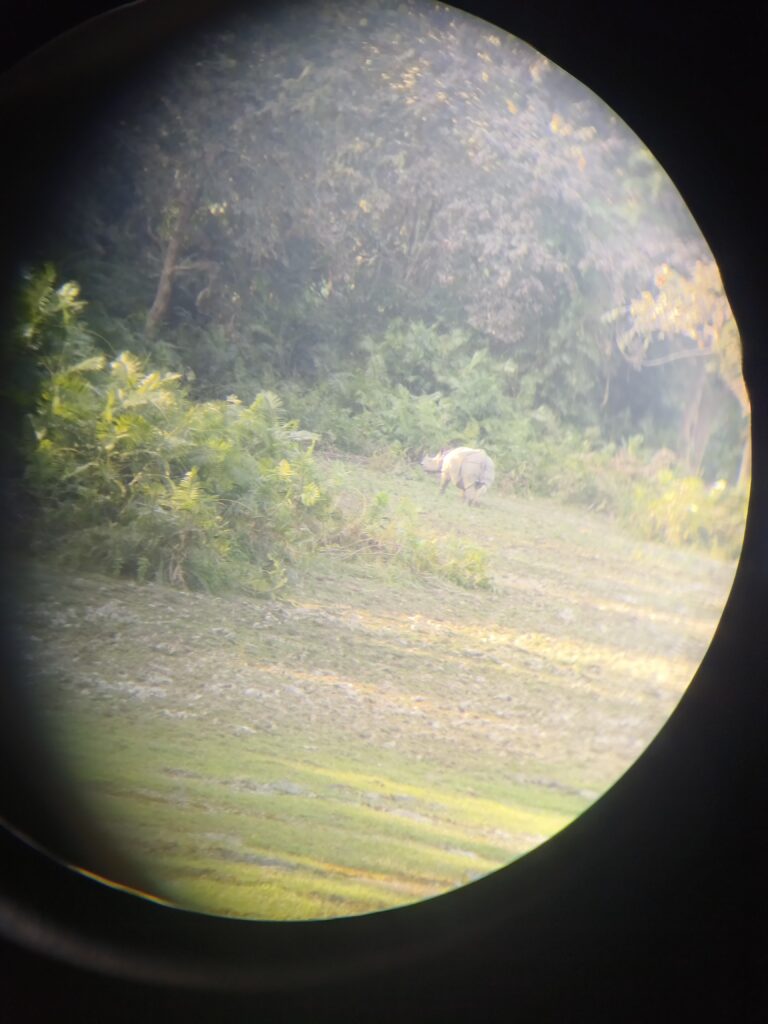
How to Explore Kaziranga
🚙 Jeep Safari
A popular and safe way to explore the park. Morning and afternoon safaris are available, guided by forest experts.
🐘 Elephant Safari
🦅 Bird Watching
Experience the thrill of spotting a rhino from the back of an elephant — a unique experience in the park’s central ranges.
Kaziranga is a haven for bird lovers, especially during the winter migration season. Spot storks, pelicans, eagles, and rare ducks in their natural habitat.
🌲 Kaziranga’s Unique Landscape and Biodiversity
Kaziranga National Park isn’t just famous for the One-Horned Rhino. Its landscape plays a crucial role in shaping the park’s biodiversity. Spread over approximately 1,090 square kilometers, the park consists of lush tall elephant grass, dense tropical forests, marshlands, and several small water bodies. The Brahmaputra River, which forms the northern boundary, floods the park every monsoon, naturally replenishing the soil and creating fertile grazing grounds for herbivores.
Thanks to this unique ecosystem, Kaziranga supports one of the most diverse wildlife populations in India. Apart from rhinos, it harbors a healthy population of Royal Bengal Tigers, making it one of India’s designated Tiger Reserves since 2006. You’ll also spot wild water buffaloes, swamp deer, hog deer, and Assamese macaques.
The regular flooding, though challenging for nearby communities, has been a natural process that supports the park’s dynamic ecology.
🌿 Kaziranga Beyond Wildlife: A Cultural Experience
Kaziranga National park is deeply connected to Assam’s cultural heritage. The communities living around the park — including the Mishing, Bodo, and Karbi tribes — practice a sustainable lifestyle in harmony with nature. Many eco-resorts in Kaziranga now offer cultural evenings, featuring Assamese folk music, Bihu dance performances, and traditional cuisine tasting.
During your visit, you can interact with local artisans and farmers who create beautiful hand-woven fabrics, bamboo products, and organic tea. This not only promotes responsible tourism but also helps in sustaining local livelihoods.
📸 Photography & Film Shoots in Kaziranga
For wildlife photographers and filmmakers, Kaziranga National park offers some of the most picturesque settings in India. The sight of the golden sun filtering through morning fog as a rhino grazes in the grasslands is truly magical. Bird watchers also get ample opportunities to photograph both migratory and endemic birds in their natural habitat.
Several wildlife documentaries by National Geographic and Discovery Channel have featured Kaziranga, boosting its global recognition.
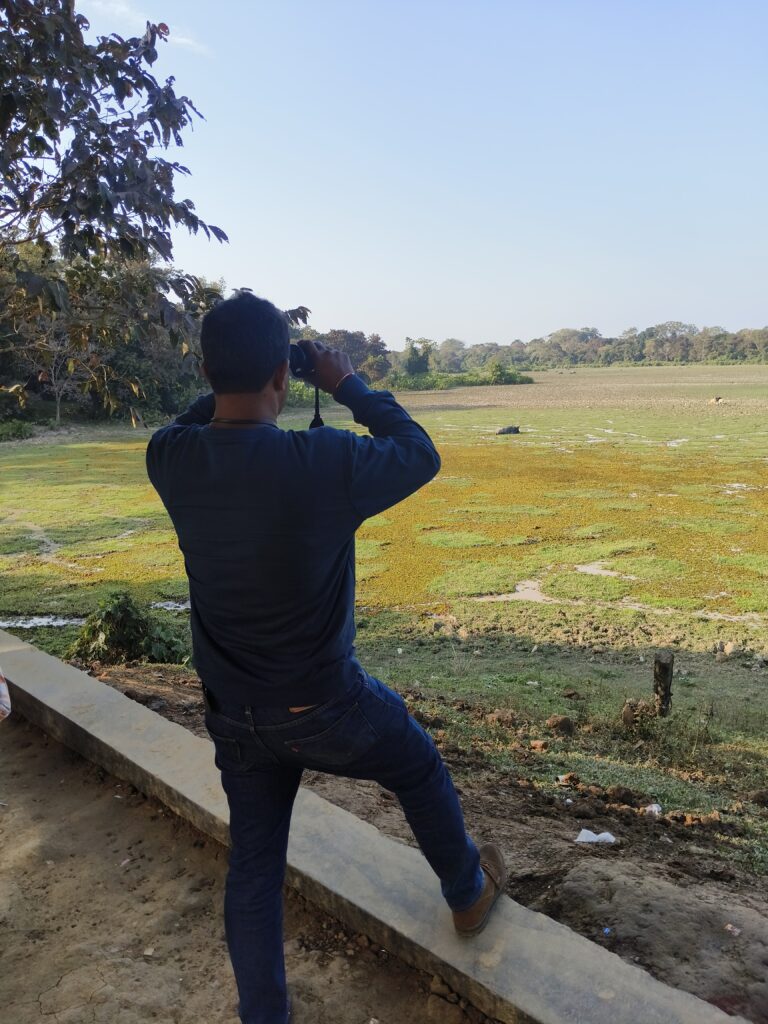
Best Time to Visit
- 🗓️ November to April: The Kaziranga National park remains open for tourists during these months. Wildlife sightings are best in the dry season (Feb to April), when animals gather near water bodies.
- 🌧️ Note: The kaziranga National park closes during the monsoon season (May to October) due to flooding.
How to Reach Kaziranga
- ✈️ Nearest Airport: Jorhat (96 km) or Guwahati International Airport (220 km)
- 🚆 Nearest Railway Station: Furkating (75 km)
- 🚘 By Road: Well-connected via National Highway 37
Where to Stay
Kaziranga offers a range of accommodation options:
- 🏨 Luxury Resorts: Diphlu River Lodge, Borgos
- 🛏️ Mid-Range Hotels: Iora Retreat, Infinity Resort
- 🛖 Eco-Friendly Lodges and Homestays: For those wanting an authentic local experience
Tips for International Visitors
- 🌍 Foreign nationals need to carry valid ID (passport & visa) for park entry.
- 🎫 Book safaris in advance during peak season.
- 📸 Photography is allowed, but drone usage is strictly prohibited.
- 🤝 Respect local culture — Assam is warm and welcoming, but modest dress and polite interaction go a long way.
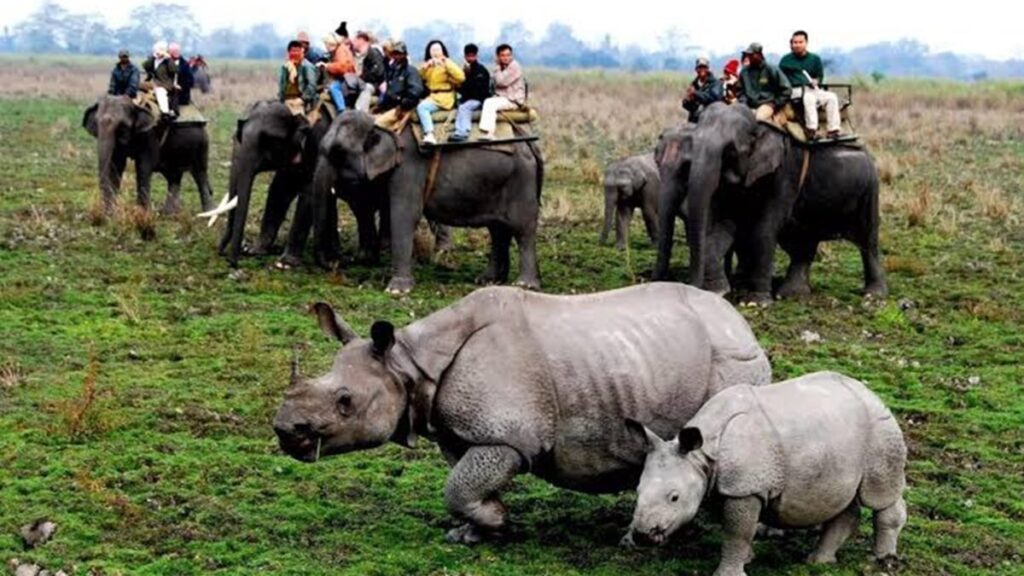
Conservation Success Story
Kaziranga National park is more than a tourist destination — it’s a symbol of hope and resilience. Thanks to strict protection efforts by the Assam Forest Department and support from conservation organizations, the park has brought the one-horned rhino back from near extinction.
This legacy continues to attract nature lovers and conservationists from around the world.
🛡️ Wildlife Conservation & Anti-Poaching Efforts
Despite its fame, Kaziranga National park faces threats from poaching, encroachment, and natural disasters. However, its anti-poaching measures are some of the most advanced in India. Armed forest guards, drone surveillance, and continuous patrolling help protect endangered species.
In recent years, rhino poaching incidents have drastically reduced, thanks to strict law enforcement and better community participation. Visitors to Kaziranga are often educated about conservation challenges and how eco-tourism plays a role in supporting these efforts.
🌧️ Kaziranga’s Relationship with the Brahmaputra Floods
The annual Brahmaputra floods, which sometimes submerge large parts of the park, are a double-edged sword. While the floods replenish Kaziranga’s wetlands and grasslands, they also pose risks to animals, forcing them to move to higher grounds. Forest authorities build artificial highlands and corridors to help animals safely migrate during this period.
If you’re planning to visit, remember that Kaziranga remains closed from May to October due to the monsoon season and flooding.
🐮 Gorukhuti Gir‑Cow Scandal 2025: Allegations Against BJP Minister Jayanta Malla Baruah
🏕️ Adventure Activities Near Kaziranga National park
Apart from safaris, Kaziranga offers opportunities for outdoor adventure and relaxation:
- Tea Garden Tours: Assam is famous worldwide for its tea. You can take a guided tour of nearby tea estates like Difaloo and Hathikuli to learn how tea is cultivated and processed.
- River Cruises: Enjoy a relaxing boat ride on the Brahmaputra River, where you might spot river dolphins.
- Trekking at Karbi Hills: For those who enjoy hiking, the nearby Karbi Anglong hills offer scenic treks and nature trails.
🧑🤝🧑 Community Tourism & Village Walks
To truly experience Assam’s hospitality, participate in a village walk around Kaziranga. Villagers open their homes for tourists to experience daily life, sample traditional Assamese thali, and learn indigenous farming practices. This promotes sustainable tourism and gives travelers a meaningful cultural experience beyond wildlife sightings.
You’ll also get a chance to see traditional handloom weaving and handicraft-making, especially products made from bamboo and cane.
🔔 Kaziranga’s Role in Indian & Global Tourism
Kaziranga’s success story in rhino conservation is often highlighted in global forums like the United Nations and various wildlife summits. It has been featured in tourism campaigns like Incredible India and is recognized as one of the must-visit wildlife destinations in Asia.
The kaziranga National park also attracts researchers and students from across the world studying wildlife biology, ecology, and sustainable tourism models. In this way, Kaziranga is not just a tourist destination but a living classroom of biodiversity and conservation.
🌟 Kaziranga in Local Folklore & Literature
Kaziranga has found its place in Assamese folklore and literature. Several poems and songs glorify the majestic rhino, the mighty Brahmaputra, and the resilience of people living in its floodplains. Local authors like Hem Barua and Indira Goswami have penned works inspired by Kaziranga’s charm and struggle.
🔔 Future Plans for Kaziranga (Vision 2030)
The Assam government and forest department are working on expanding Kaziranga’s buffer zones, improving visitor facilities, and introducing eco-friendly electric safari vehicles by 2030. There are also talks of opening new trekking routes and bird-watching towers in the coming years.
Kaziranga National park future lies in balancing increasing tourist inflows with preserving its delicate ecosystem. Responsible travelers will play a big role in this journey.
Final Thoughts
A trip to Kaziranga National Park is not just a vacation — it’s a wildlife pilgrimage. It connects you to nature, conservation history, and the majestic beauty of Assam’s landscape.
So if you’re planning your next wildlife adventure, let Kaziranga’s call of the rhino guide your way.
🌟 Hidden Wonders of Meghalaya: Exploring Uncharted Caves, Waterfalls & Villages in 2025
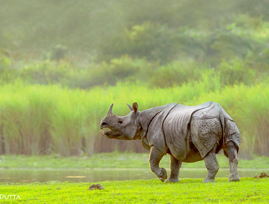
🌄 Plan Your Trip to Northeast India with Us!
Want to explore the untouched beauty of the Northeast?
From the misty mountains of Mizoram to the living root bridges of Meghalaya, and the cultural heart of Assam — we’ve got you covered!
✅ Personalized Travel Itinerary
✅ Local Guides & 24/7 Support
✅ Best Hotel & Homestay Options
✅ Group Tours & Solo Packages
✅ Affordable, Safe & Hassle-Free
📩 Contact us today and let’s start planning your dream trip!
📞 Call/WhatsApp: 8453980642
🧳 Book your Northeast adventure now – Discover places you’ve only dreamed of!

